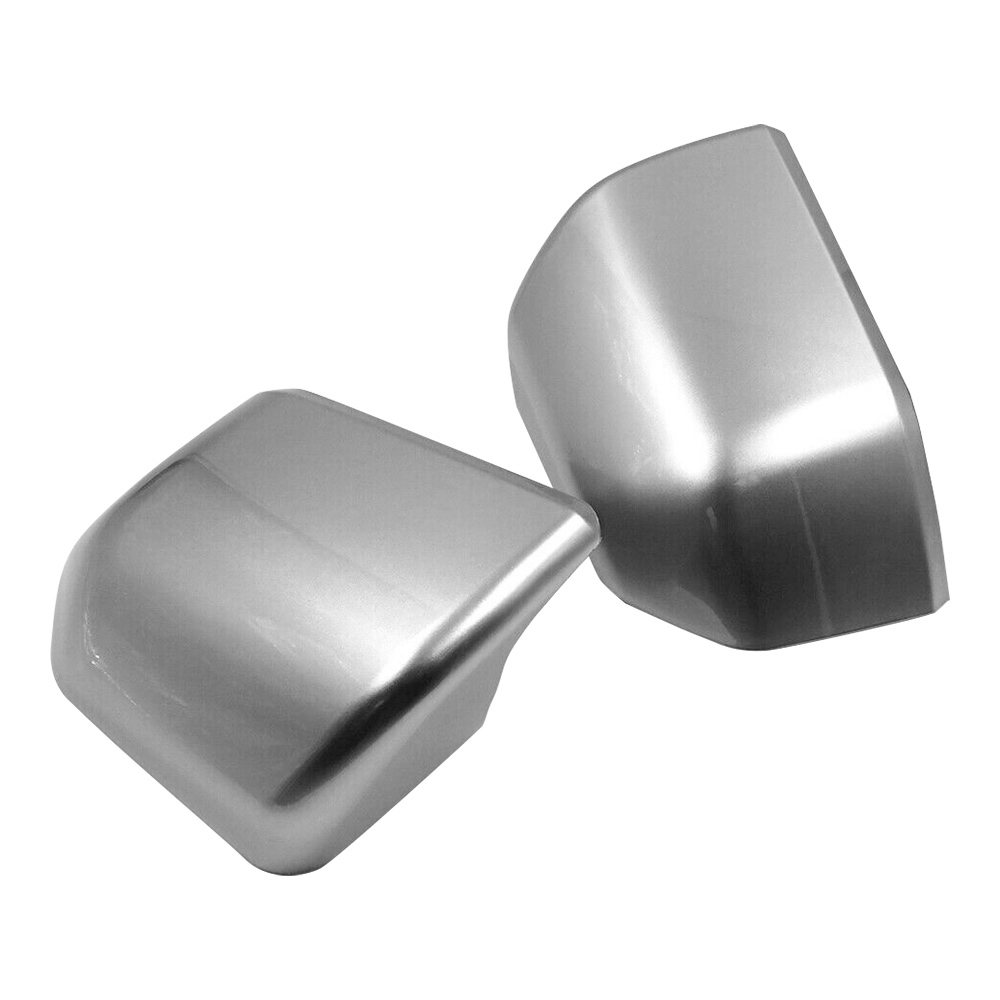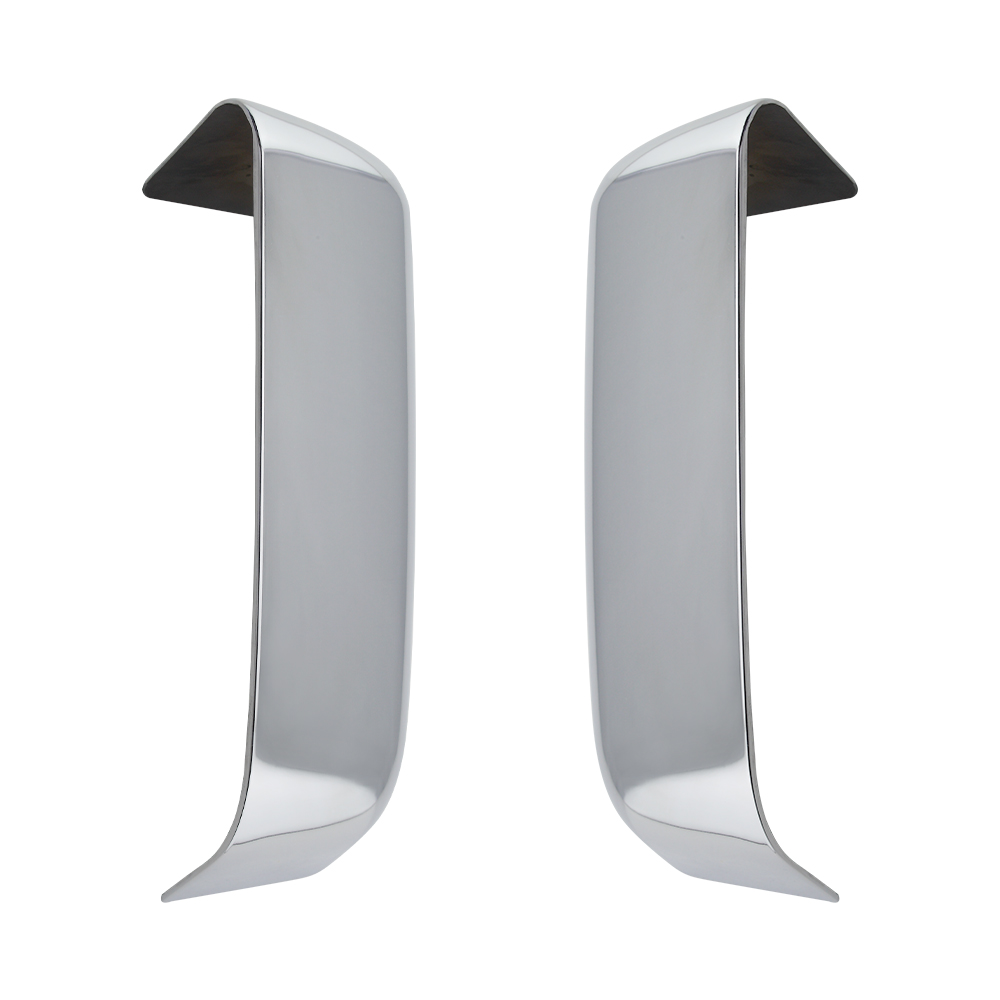Supply Car Bumpers for Sale Exporter
The car bumper has evolved significantly from its early days as a simple protective barrier to a sophisticated component that integrates advanced technologies. Modern car bumpers are no longer just about absorbing impact and protecting the vehicle's structure; they now play a crucial role in supporting advanced driving assistance systems (ADAS) and enhancing overall vehicle safety. This article explores the integration of technology in car bumpers, highlighting the various sensors, cameras, and electronic devices that are now commonly incorporated into these components.
The integration of technology in car bumpers began with the need to enhance vehicle safety and improve the functionality of ADAS. Sensors, such as ultrasonic, radar, and LiDAR, are now commonly embedded in car bumpers to provide real-time data on the vehicle's surroundings. These sensors work in conjunction with cameras and other electronic devices to enable features like automatic emergency braking, adaptive cruise control, and parking assistance. The placement of sensors in the bumper ensures that they have a clear line of sight to detect obstacles, pedestrians, and other vehicles, providing accurate and timely information to the vehicle's control systems.
Ultrasonic sensors are one of the widely used technologies in modern car bumpers. These sensors emit high-frequency sound waves that bounce off objects and return to the sensor, allowing the vehicle to calculate the distance to the object. Ultrasonic sensors are particularly useful for parking assistance systems, providing drivers with visual and auditory cues to help them navigate tight spaces. The placement of these sensors in the bumper ensures that they can detect objects at close range, making parking maneuvers safer and more convenient.
Radar sensors are another key technology integrated into car bumpers. These sensors use radio waves to detect objects and measure their distance, speed, and direction. Radar sensors are essential for features like adaptive cruise control and automatic emergency braking, as they can detect objects at greater distances and in various weather conditions. The integration of radar sensors in the bumper ensures that they have a wide field of view, allowing the vehicle to maintain a safe distance from other vehicles and respond quickly to potential hazards.
LiDAR (Light Detection and Ranging) technology is also being increasingly incorporated into car bumpers. LiDAR sensors use laser beams to create a 3D map of the vehicle's surroundings, providing highly accurate data on the position and movement of objects. This technology is particularly useful for autonomous driving systems, as it allows the vehicle to navigate complex environments with precision. The integration of LiDAR sensors in the bumper ensures that they have a clear view of the road ahead, enabling the vehicle to make informed decisions and avoid collisions.
In addition to sensors, modern car bumpers often incorporate cameras to provide visual information on the vehicle's surroundings. These cameras are used for features like lane departure warning, traffic sign recognition, and 360-degree surround view systems. The placement of cameras in the bumper ensures that they have a wide field of view, capturing important information that can be used to enhance the vehicle's safety and functionality. For example, a front-facing camera in the bumper can detect lane markings and alert the driver if the vehicle is drifting out of its lane, while a rear-facing camera can provide a clear view of the area behind the vehicle, aiding in parking and reversing maneuvers.
The integration of electronic devices in car bumpers also extends to the use of actuators and control modules. These components work in conjunction with the sensors and cameras to execute various functions, such as adjusting the vehicle's speed, steering, and braking. For instance, an actuator in the bumper can be used to deploy airbags in the event of a collision, providing additional protection to the vehicle's occupants. Control modules in the bumper process the data from the sensors and cameras, making real-time decisions to enhance the vehicle's safety and performance.
The manufacturing process of car bumpers has evolved to accommodate the integration of these advanced technologies. Modern bumpers are designed with specific compartments and mounting points to house the sensors, cameras, and electronic devices. These components are carefully integrated into the bumper's structure to ensure that they are protected from impact and environmental factors. The use of advanced materials, such as lightweight composites and high-strength plastics, allows for the creation of bumpers that are both durable and capable of supporting the added weight and complexity of the integrated technologies.
The integration of technology in car bumpers has significant implications for vehicle safety and performance. By providing real-time data on the vehicle's surroundings, these technologies enable the vehicle to respond quickly to potential hazards, reducing the risk of accidents. Features like automatic emergency braking and adaptive cruise control can help prevent collisions, while parking assistance systems make maneuvering in tight spaces safer and more convenient. The integration of cameras and sensors in the bumper also enhances the driver's awareness of their surroundings, providing valuable information that can be used to make informed driving decisions.
The aesthetic appeal of car bumpers is another area where technology integration has made a significant impact. Modern bumpers are designed to be sleek and aerodynamic, incorporating integrated technologies in a way that enhances the vehicle's overall appearance. The use of advanced materials and manufacturing techniques allows for the creation of bumpers that are both functional and visually appealing. The integration of sensors, cameras, and electronic devices in the bumper can also be customized to match the vehicle's design, adding to its aesthetic appeal.
In conclusion, the integration of technology in car bumpers has transformed these components from simple protective barriers to sophisticated systems that enhance vehicle safety and functionality. The incorporation of sensors, cameras, and electronic devices in the bumper provides real-time data on the vehicle's surroundings, enabling advanced features like automatic emergency braking, adaptive cruise control, and parking assistance. The manufacturing process of car bumpers has evolved to accommodate these technologies, ensuring that they are protected and integrated seamlessly into the vehicle's structure. As automotive technology continues to advance, the integration of technology in car bumpers will likely become even more sophisticated, further enhancing the safety and performance of modern vehicles.

 English
English 日本語
日本語 Français
Français Deutsch
Deutsch Español
Español 简体中文
简体中文

 View More >>
View More >> View More >>
View More >> View More >>
View More >> View More >>
View More >> View More >>
View More >> View More >>
View More >> View More >>
View More >>(canaddletterfordraptor)-1.jpg) View More >>
View More >> View More >>
View More >> View More >>
View More >>
